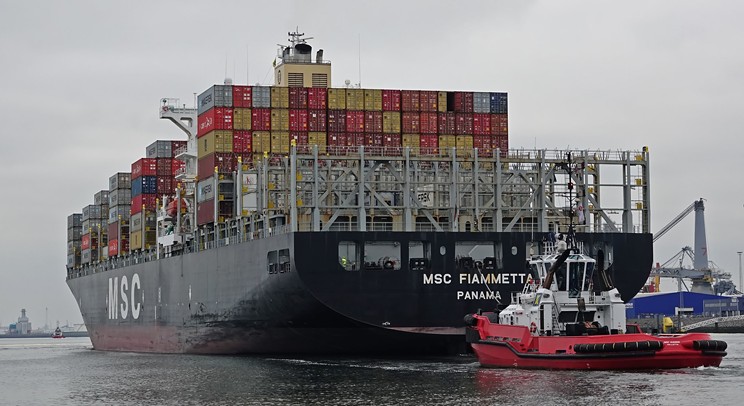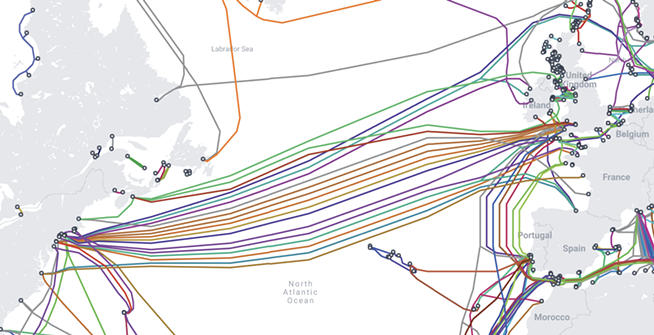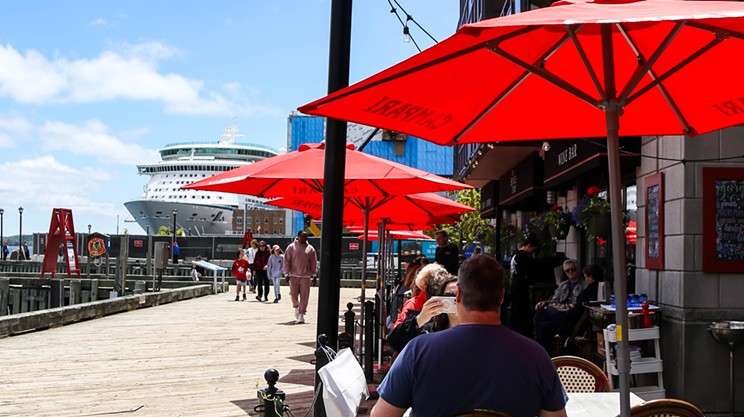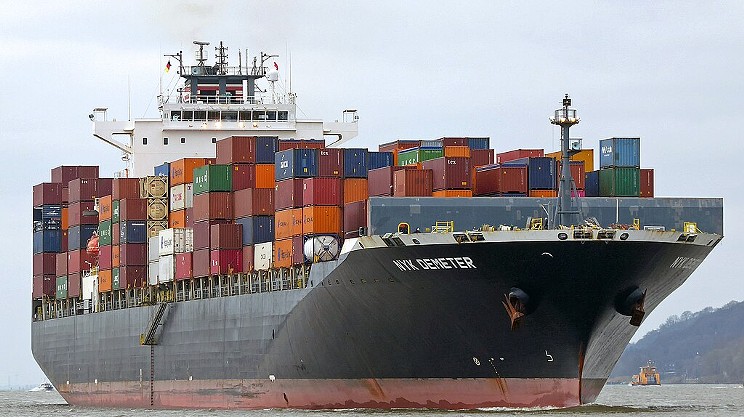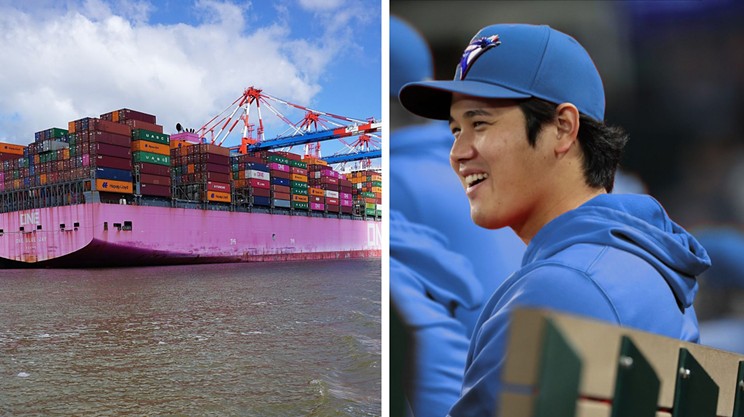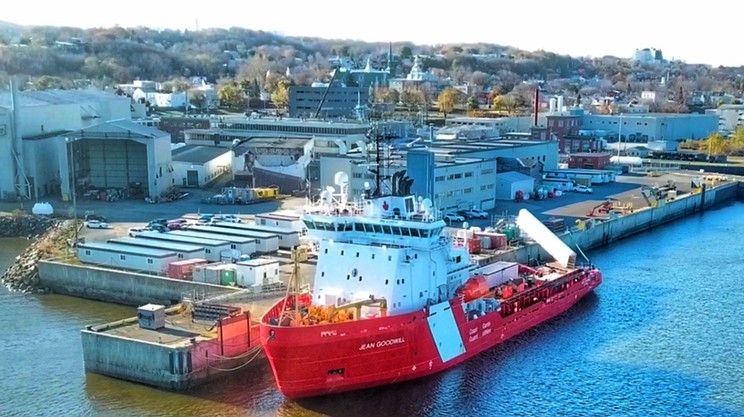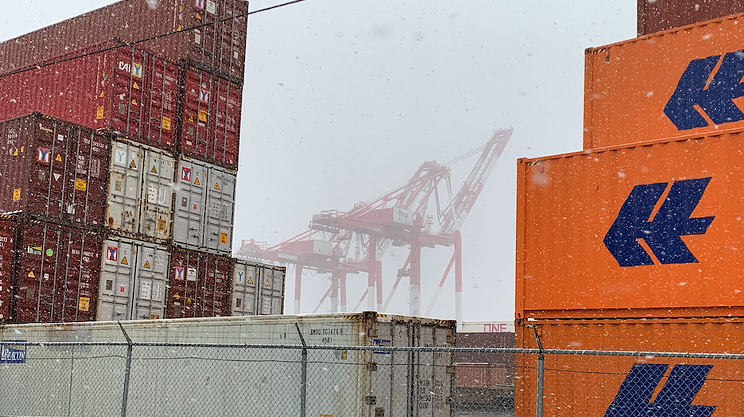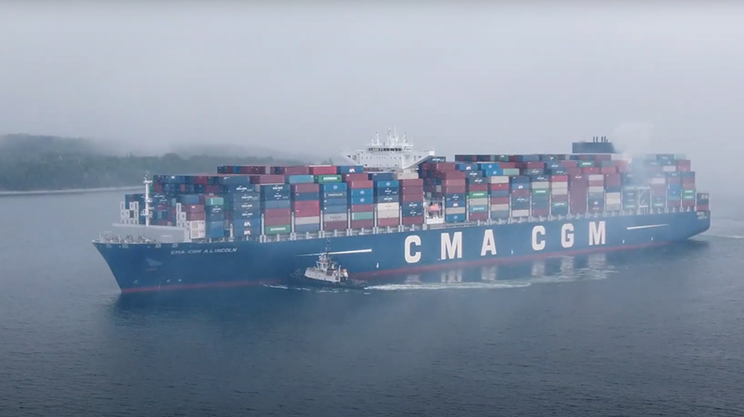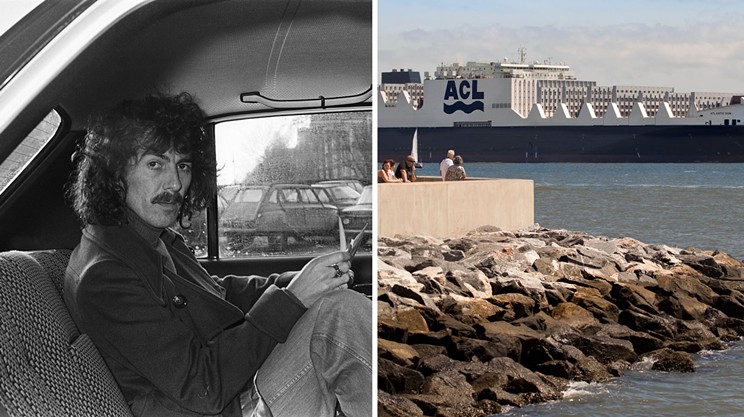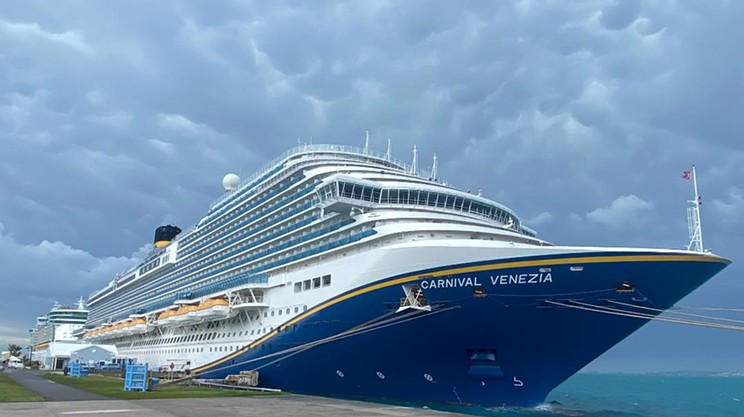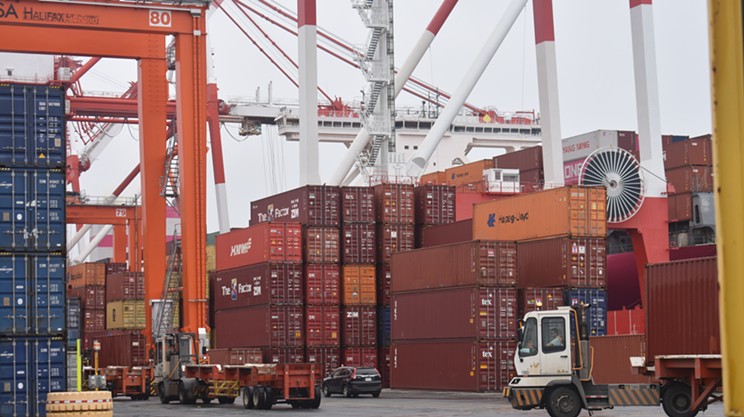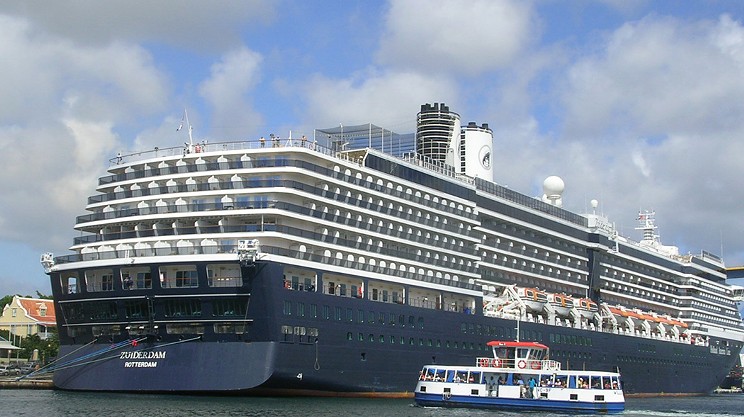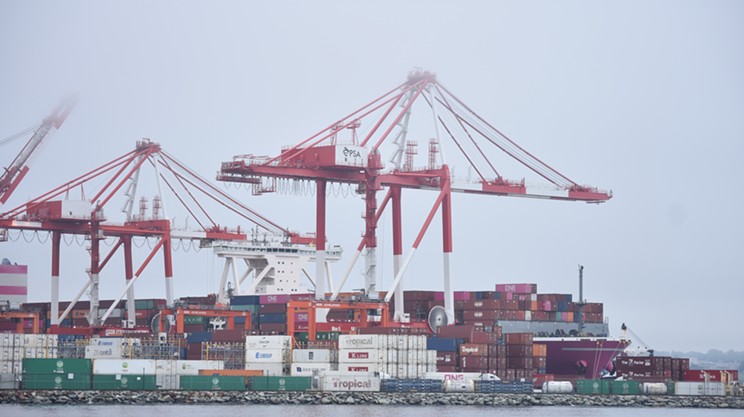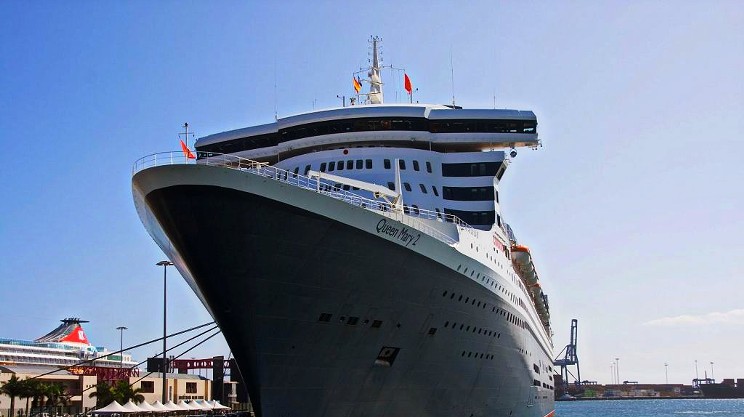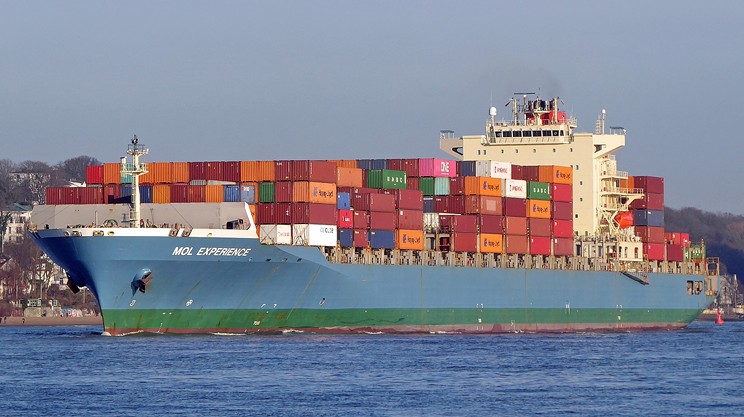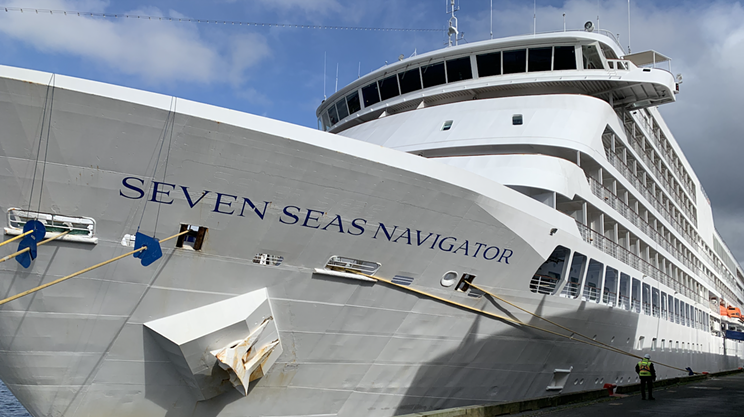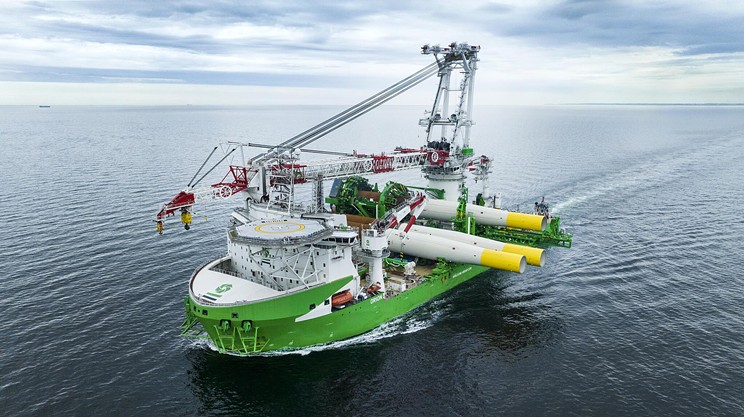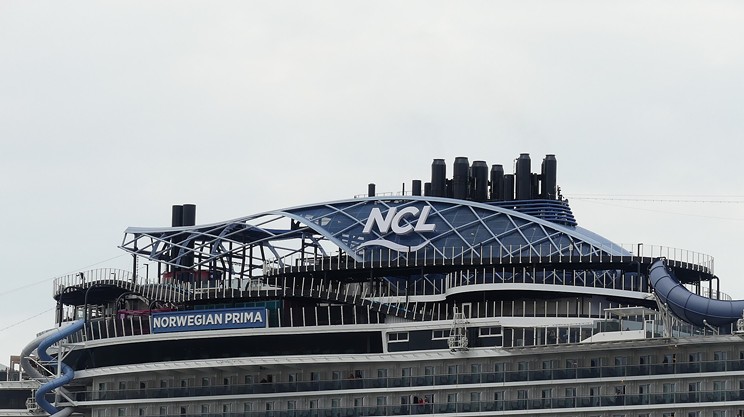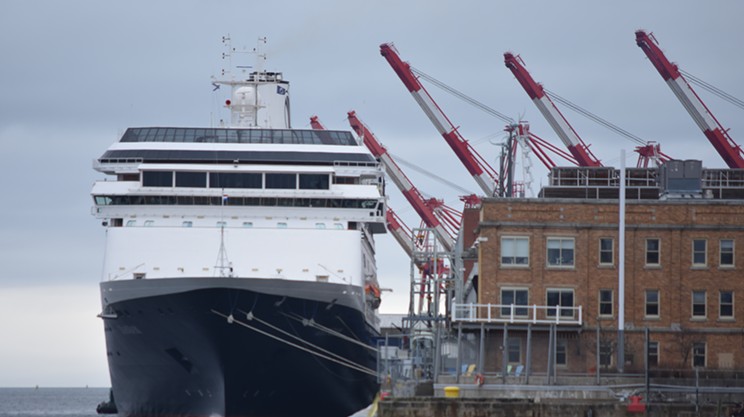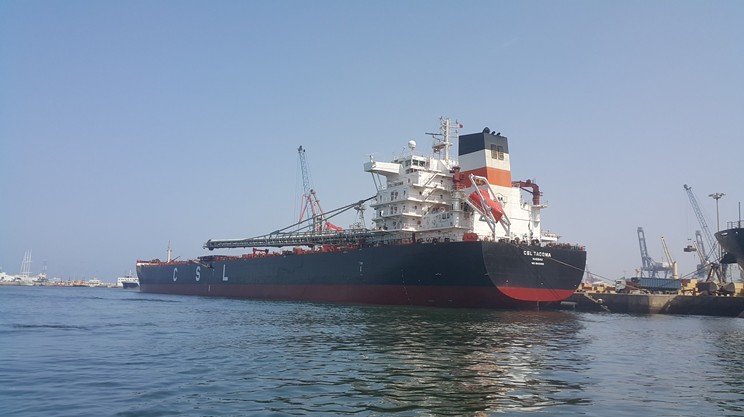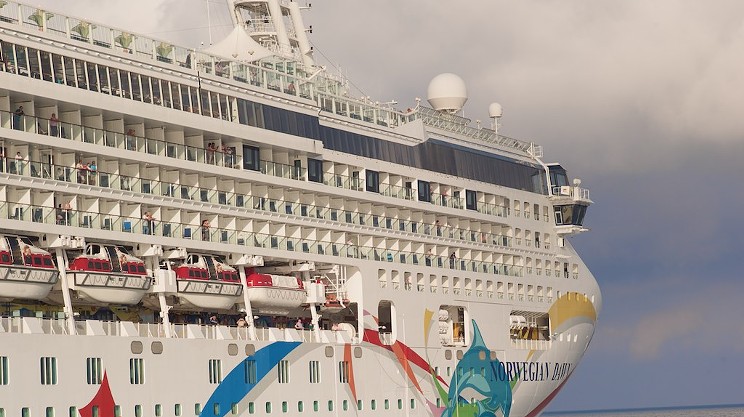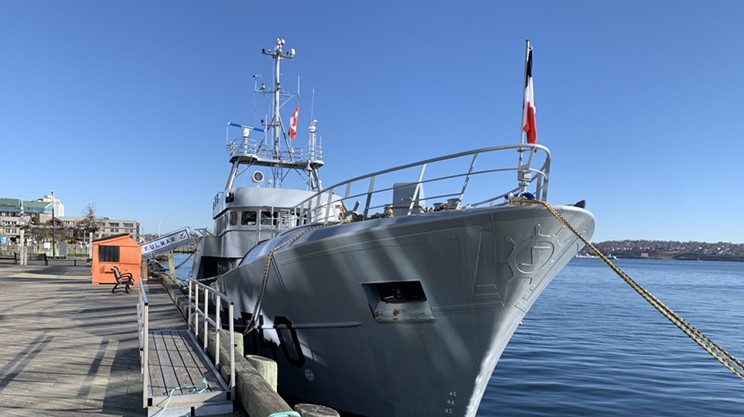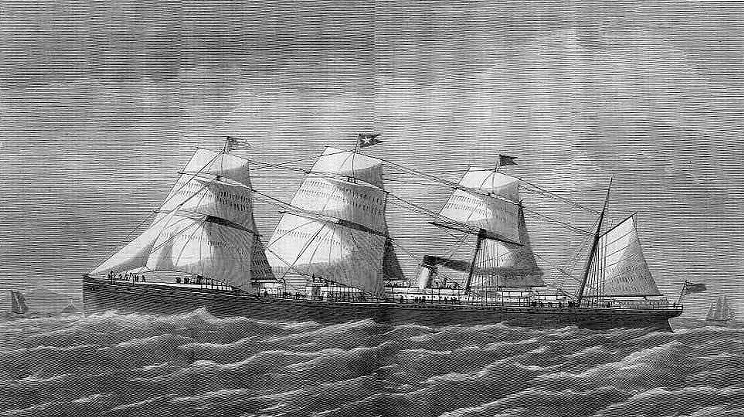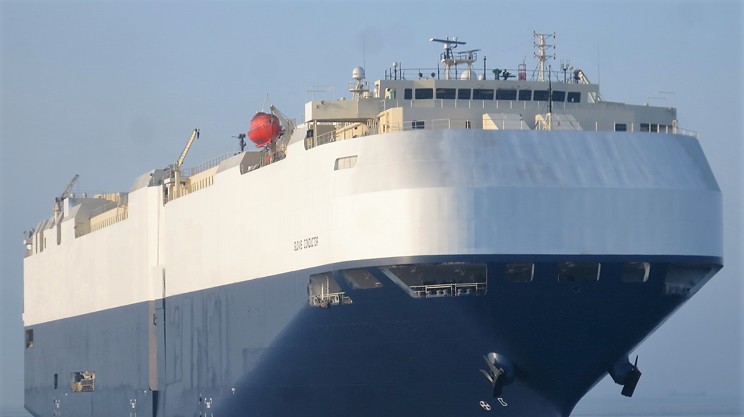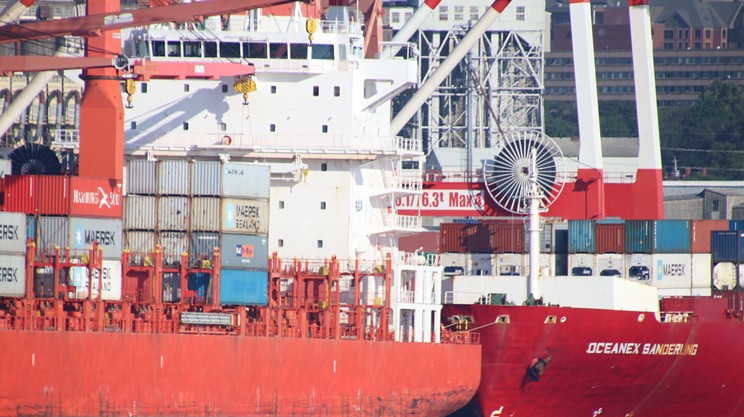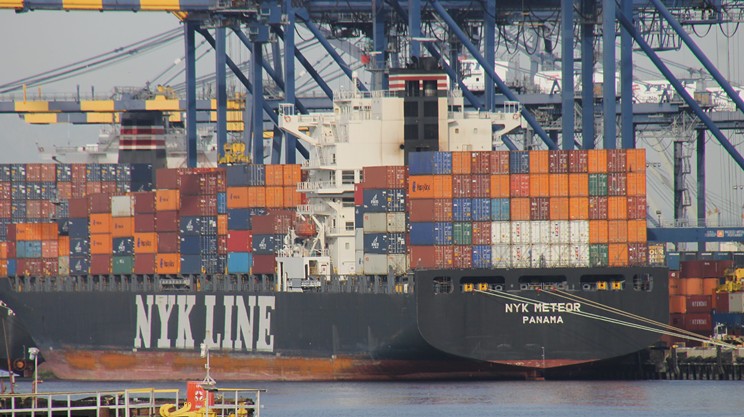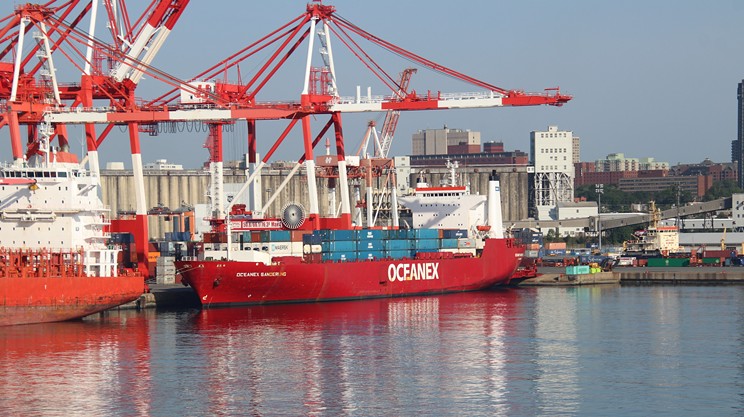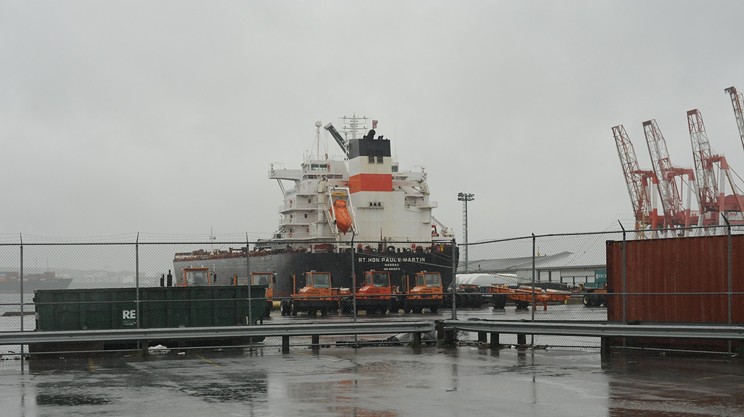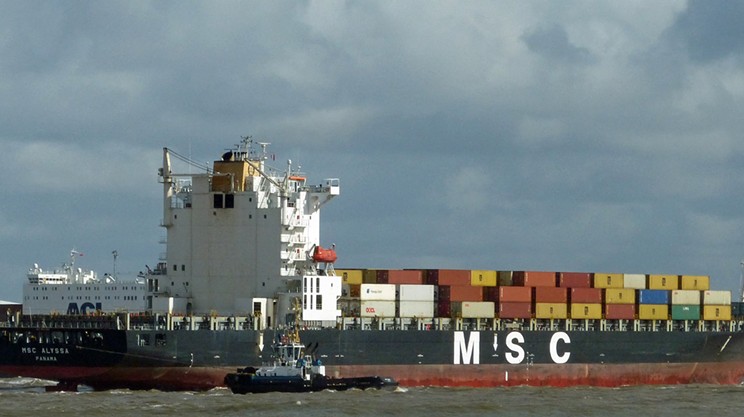When we started our Halifax Harbour traffic updates, none of us at The Coast could have predicted that we were birthing a kraken: A weekly feature that would not only prove instantly popular with Haligonians, but also prompt us to delve into far more shipping lingo than any of us thought we’d ever need. (Matt’s the exception; he spent years working on submarines.)
Like a skilled coastal pilot that guides hulking container ships into port, we’ve designed this glossary as your guide to our weekly harbour reports. Keep it handy when you get stranded by (or curious about) any shipping jargon. And if we’ve missed a term you found yourself stuck on? Let us know. We’ll add it below.
Berth: A space assigned to a ship when it’s anchored or in port. Also used to refer to a bunk on a ship.
Boat: Used to refer to a smaller marine vessel—such as a pilot boat, speedboat, paddleboat, or any vessel that is small enough to be carried aboard a larger marine vessel, which is otherwise known as a ship.
Bulk carrier: Also known as a bulker, a bulk carrier is a ship used for transporting loose cargo like coal, grain, ore, cement or minerals—in short, anything that can be poured into the ship’s holds. The Algoma Integrity is one such vessel that visits Halifax Harbour.
Cable layer: Also known as a cable ship, a cable layer is used to lay and repair underwater cables—usually telecommunications cables—across large bodies of water. The IT Intrepid is one such vessel that visits Halifax. As of early 2023, according to cable tracker TeleGeography, there are 552 active and planned submarine cables across the world. From Halifax, underwater cables run to Brean and Southport, United Kingdom; Dublin and Cork, Ireland; Coleraine, Northern Ireland; and Lynn, Massachusetts.
CEU: Shorthand for car equivalent unit. In the shipping industry, it’s used as a benchmark to compare the carrying capacities of vehicle carriers like the Morning Courier and Siem Confucius. As the International Maritimes Museum of Hamburg notes, it’s a measurement that has changed through time. One CEU used to represent the equivalent of a 1966-era Toyota Corona (or roughly 7.4 square metres of parking space). Today, an international CEU is approximately 10 square metres.
Container ship: A vessel that’s built to transport its cargo in industrial containers, which are then usually offloaded onto trucks and trains when the ship reaches port. These ships can vary in size from small to gargantuan; the world’s largest container ship, the recently-launched MSC Irina, is roughly the same size as the Empire State Building tipped on its side.
Lighter: Refers to a flat-bottomed boat or barge used to transport passengers and goods to and from moored ships. Lighters, which tend to be unpowered, are often pushed or towed along by tugboats.
Maritime pilot: A skilled seafarer who knows their local waters like the back of their hand and, as a licensed professional, guides foreign ships to and from port. The Atlantic Pilotage Authority (which exists as a federal Crown corporation) governs marine pilotage services in Nova Scotia, New Brunswick, PEI and Newfoundland and Labrador. (Our newsroom colleagues at Victoria, BC’s Capital Daily joined a pilot boat for a day-in-the-life of a coastal pilot in the biggest pilotage district in the world.)
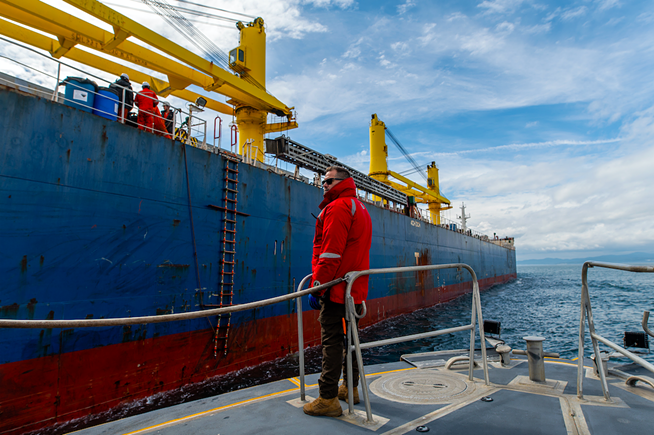
Moor: To secure a ship or boat by anchor or to a dock or port by ropes/chains.
Moorage: Refers to either the fee paid for mooring a ship or boat, the place where a ship or boat is moored or the act of mooring a ship.
Pilotage: The act of piloting a vessel through local waterways where navigation/passage might prove difficult for foreign crews.
Pilot boat: A smaller vessel used to shuttle maritime pilots to and from incoming and outgoing ships. These pilots, who are experts in their local waters, will help the larger ship’s captains to safely guide their vessels in and out of port.
Reefer ship: A container ship that specializes in transporting refrigerated cargo (usually seafood, but also frozen foods like meat and ice cream, as well as fruits, vegetables and dairy that need to be kept chilled). Not to be confused with the other reefer, which is known for stoking an appetite for said ice cream, fruits and cheeses.
Ro-ro: Shorthand for a roll-on, roll-off ship, which is one where cargo (cars, vans, trucks, buses, tanks, etc.) can be wheeled off, rather than offloaded by crane (as is common with other container ships).
Scrubber: An exhaust gas cleaning system that removes sulfur oxides and other pollutants from cruise ships, container ships and other large vessels before venting them into the atmosphere. Also a source of concern for environmental groups. Open-loop scrubbers, which account for four out of every five scrubbing systems on ships, use seawater in the process—which then gets discharged back into the ocean and has been linked to ocean acidification.
Self-discharger: Also known as a self-unloader, a self-discharger is a ship that can offload its own bulk cargo (like grain, ore and coal), usually with the help of an onboard excavator.
Ship: Used to refer to a large marine vessel—such as a cruise ship, passenger ferry, container ship or bulk carrier. What sets a ship apart from a boat? A ship can carry a boat, but a boat cannot carry a ship. Remember that when you’re paddling your canoe.
Summer deadweight: Not to be confused with the pounds you and I have been thinking of shedding in time for beach season. In general terms, summer deadweight refers to how much weight a ship can carry. More precisely, Verifavia Shipping notes, it’s a measurement of how much water (in tonnes) a ship displaces when filled to capacity, compared to when it’s empty.
Tanker: Refers to a bulk carrier that transports liquid cargo, like oil or other chemicals. The Acadian is one such vessel that visits Halifax Harbour.
TEU: Shorthand for twenty foot equivalent unit. In the shipping industry, it’s used as a benchmark to compare the carrying capacities of container ships like the CMA CGM Louga and Vayenga Maersk. It represents how many 20-foot containers a vessel can carry. (The world’s largest container ship, the MSC Irina, has a carrying capacity of 24,346 TEUs.)
Gross tonnage: This does not, in fact, refer to a ship’s weight; instead, it refers to a ship’s volume and is used to determine fees for commercial shipping. To find the gross tonnage of a ship, Safety4Sea notes, requires “dividing by 100 the contents, in cubic feet, of the vessel’s enclosed spaces.”
Vessel: The umbrella term for boats and ships. While all ships and all boats are vessels, not all vessels are boats or ships. See ‘Ship’ for the distinction between boats and ships.

